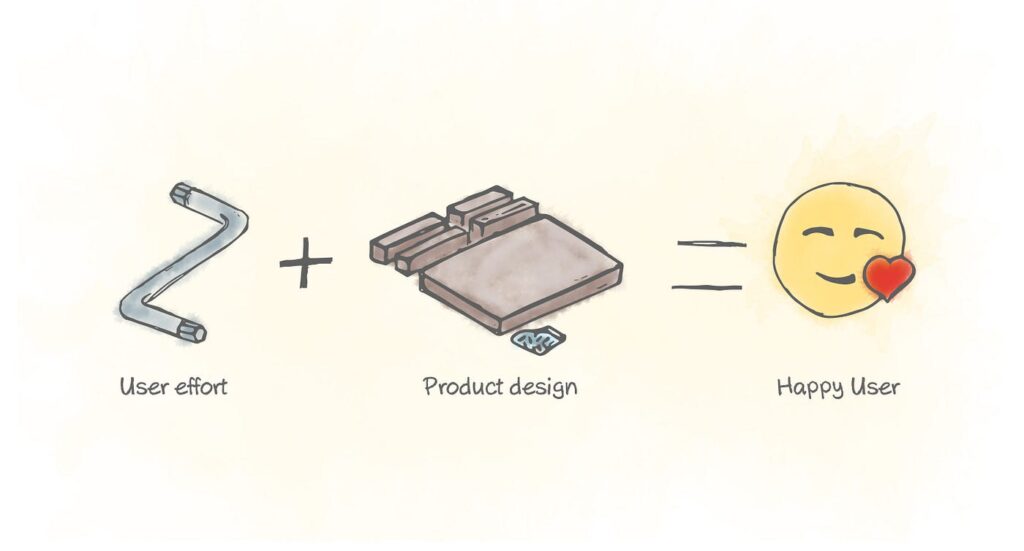The Ikea & Idli Batter Connection

The IKEA effect describes how people are more likely to like and increase its worth on what they have worked on making.
The term “IKEA Effect” refers to the phenomenon wherein a product’s perceived worth rises after it has been assembled or prepared by the buyer (even if it is partial)
Other products, such as those with ready-made batter or sweatmeats like Gulab Jamun or customizable software also show this impact.
The IKEA effect postulates that consumers would place a higher value on a product if they had a hand in making it. The pride and ownership that individuals feel for something they have designed or built contribute to this elevated esteem.
This stems from the psychological principle of self-efficacy, or confidence in one’s abilities to achieve a desired outcome. People’s opinions of a product’s worth tend to rise when they have a hand in putting it together since doing so gives them a feeling of pride in what they’ve made.

Psychological Basis
The idea of self-efficacy, or confidence in one’s abilities to achieve a goal, is the psychological foundation of the IKEA effect. When a consumer helps make a product, it gives them a sense of accomplishment and makes them think it’s more valuable.
How Others See You
It is common to label people based on our estimations of their competence and kindness. Knowing how to construct your furniture is a great way to show off your skills and abilities. In other words, the capacity to produce one’s goods might serve as a badge of competence to the outside world. As a result of their time and energy, consumers internalize a sense of competence and develop favourable brand connections.
Origin
Originally coined by Michael Norton, Daniel Mochon, and Dan Ariely in their 2011 article “The IKEA Effect: When Labour Leads to Love,” the phrase “IKEA effect” has now entered the popular lexicon.
While the idea of improved value perception for things that a person has constructed themselves has been around for ages, the name “IKEA effect” was invented to characterise particular phenomena.
When customers feel a sense of ownership over the things they have created, positive emotions like pride and ownership frequently go hand in hand with positive attitudes.
Influencing Factors
Although the degree of work needed may alter the feeling of pride and ownership in the final result, the difficulty level of the assembly activity plays a key part in the IKEA effect.
Individual participation in the process of putting things together may also contribute to the IKEA effect because it makes people feel more connected to the finished product.
Since people’s enthusiasm for items may vary depending on their expectations going into the assembling process, expectations may play a part in the IKEA effect.
Business Significance
This has profound effects on customer behaviour as it may affect buying choices and forge an emotional connection between the individual and the brand.
Designers may utilise this information to make items that are more interesting and useful to customers, therefore strengthening the bond between the two.
.
With this information in hand, marketers may design more compelling advertisements that appeal to consumers’ sentiments about a product.
It may help stores develop more engaging and profitable items for their consumers.
Reference
https://www.newneuromarketing.com/ikea-effect-why-we-appreciate-self-build-furniture



